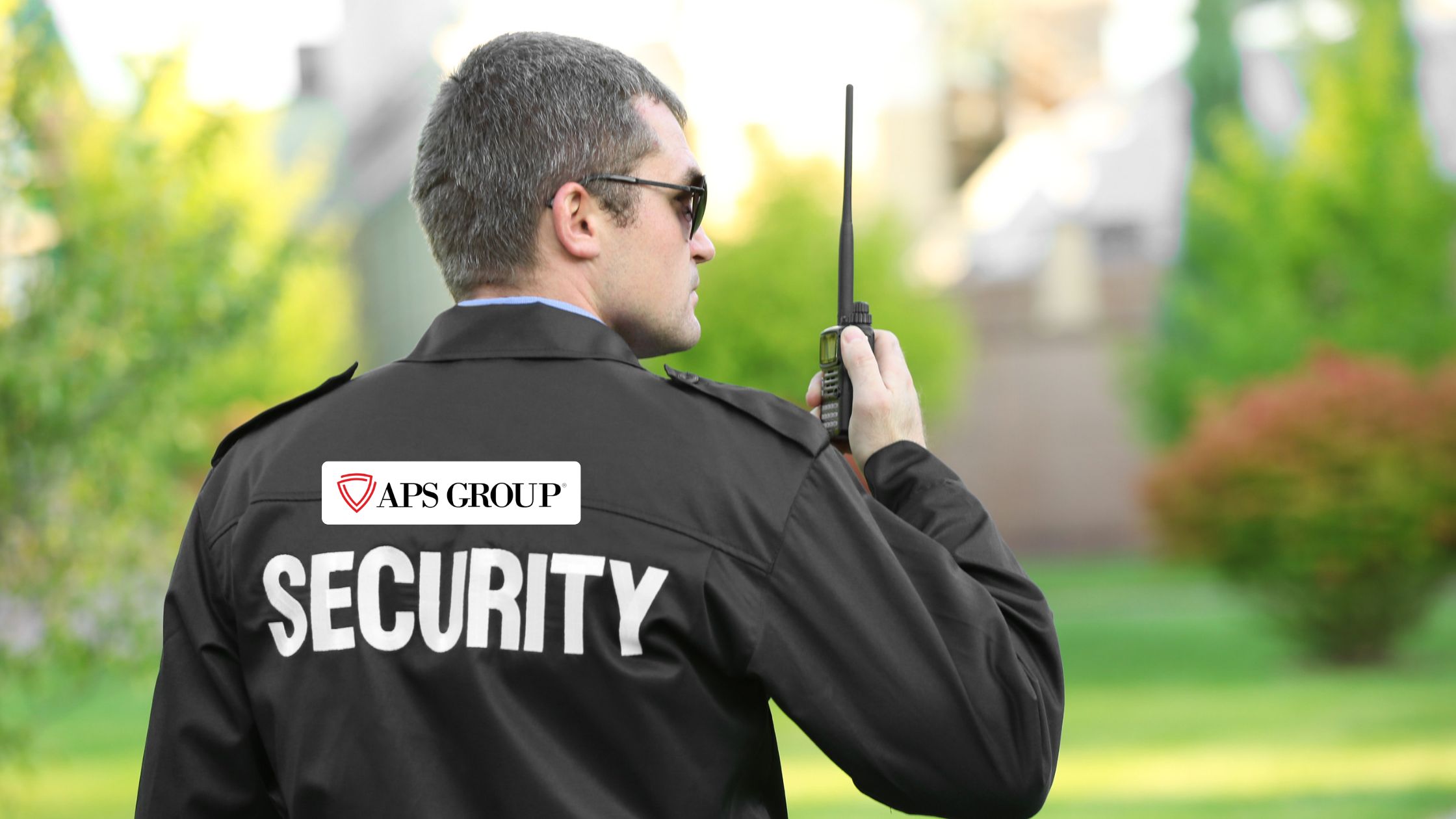
In today’s dynamic threat landscape, manned guarding for high-risk areas has become a cornerstone of effective physical security. Whether it’s critical infrastructure, government facilities, data centers, defense installations, or high-value logistics hubs, human presence is indispensable. At its core, manned guarding provides not just a deterrent to potential threats but a proactive layer of protection capable of responding instantly to emerging situations.
Why Manned Guarding is Crucial in High-Risk Environments
Manned guarding for high-risk areas ensures that sensitive zones are protected around the clock by trained personnel who are capable of both identifying risks and taking immediate action. These environments often face heightened exposure to theft, sabotage, terrorism, unauthorized access, or civil unrest. Manned security guards add immense value where technology alone may fall short—through real-time decision-making, human intuition, and physical intervention.
Security guards assigned to these posts are not just sentries; they are trained crisis managers. They maintain access control, monitor behavioral cues, respond to alarms, and enforce protocols with precision. Their visible presence acts as a psychological deterrent to intruders and bad actors, significantly reducing the likelihood of incident escalation.
Key Attributes of Security Personnel for High-Risk Areas
The individuals entrusted with manned guarding must possess a unique combination of attributes. Physical fitness, alertness, situational awareness, and resilience are non-negotiable traits. These guards undergo specialized training modules in emergency response, first aid, firefighting, conflict resolution, and evacuation protocols.
Additionally, they are trained to operate security technologies such as surveillance systems, biometric scanners, and alarm control panels. They often coordinate with local law enforcement or onsite emergency teams to ensure swift escalation when needed. Their expertise helps build a comprehensive and cohesive safety net around the premises they guard.
Industries That Require Manned Guarding for High-Risk Areas
Certain sectors demand enhanced protection due to the nature of their operations or the sensitivity of their assets. Below are industries where security personnel is essential:
- Banking and Financial Institutions: Safeguarding vaults, ATMs, and sensitive customer data.
- Defense and Aerospace: Monitoring restricted zones and ensuring national security protocols are upheld.
- Oil, Gas, and Energy: Protecting refineries, pipelines, and substations from sabotage and accidents.
- Healthcare and Pharmaceuticals: Securing laboratories, medical supply chains, and biohazard storage.
- Government Facilities: Guarding sensitive records, administrative offices, and strategic planning zones.
- Data Centers and IT Parks: Preventing cyber-physical threats and ensuring continuity of digital services.
Each of these sectors presents a unique set of risks and operational challenges, necessitating a robust human security framework.
Advanced Protocols and Training in Manned Guarding
Manned guarding for high-risk areas demands advanced, scenario-based training programs. Security personnel must be adept at threat recognition, surveillance techniques, and legal compliance. Mock drills, real-time simulation exercises, and behavioral psychology are integrated into their training regimens.
Guards are trained to remain calm under pressure, de-escalate volatile situations, and manage large crowds during emergency scenarios. Their response is guided by pre-established SOPs (Standard Operating Procedures), ensuring consistency and efficiency. Training programs are continually updated to reflect emerging threats such as drone intrusions, cyber-physical attacks, and hybrid warfare.
Technology-Integrated Manned Guarding
While human presence is irreplaceable in security guarding for high-risk areas, integration with advanced security technologies enhances effectiveness. This includes real-time video monitoring, GPS tracking, intrusion detection systems, mobile patrol apps, and cloud-based incident reporting.
Manned guarding works best when it complements an ecosystem of digital security tools. Guards can respond instantly to alerts triggered by AI-powered surveillance, use mobile devices to report in real-time, and track patrol schedules digitally for accountability.
An integrated security service company for instance, offers combined solutions that fuse human intelligence with smart technology—ensuring proactive and responsive coverage of high-risk zones.
Risk Assessment and Custom Guarding Strategies
Every high-risk location requires a tailored security strategy. A thorough risk assessment identifies potential vulnerabilities, entry points, threat levels, and historical incident patterns. This data informs the deployment strategy for security guards for high-risk areas—defining guard placement, patrol schedules, shift rotations, and emergency response mechanisms.
Special attention is given to zones with maximum exposure—entrances, loading bays, server rooms, executive offices, and restricted labs. Guards are strategically stationed to cover blind spots and high-traffic areas to minimize response time.
Compliance, Licensing, and Legal Framework
In regions like India, manned guarding services are regulated under the Private Security Agencies Regulation Act (PSARA). Guards must undergo background verification, complete mandatory training hours, and be issued valid licenses to operate. Adherence to labor laws, safety standards, and client-specific SLAs is crucial for legal compliance and operational continuity.
Reputed agencies ensure that guards are not only licensed and insured but also undergo periodic upskilling and vetting. Compliance with GDPR, ISO standards, and sector-specific regulations is non-negotiable, especially for multinational enterprises.
Benefits of Manned Guarding for Stakeholders
For clients, manned guarding services delivers multifold benefits:
- 24/7 Physical Presence: Guards deter criminal activities by their visible and active presence.
- Immediate Response: Rapid reaction to any incident, minimizing damage and liability.
- Enhanced Employee and Visitor Safety: Ensuring a safe working environment and boosting morale.
- Business Continuity: Preventing operational disruptions caused by threats or emergencies.
- Asset Protection: Securing tangible and intangible assets from loss or compromise.
Clients also gain peace of mind knowing that their facilities are protected by professionals trained to react, report, and recover in the face of adversity.
Conclusion
Manned guarding for high-risk areas is not just a protective measure—it’s a strategic imperative for any organization exposed to heightened security threats. In an age where risks are multidimensional and ever-evolving, the role of a well-trained, technology-enabled, and legally compliant security guard is indispensable.
Organizations must partner with trusted security providers that offer not just manpower, but a complete solution built around risk analysis, real-time response, and professionalism. As threats grow more complex, the human element in security will continue to serve as the most reliable line of defense.
